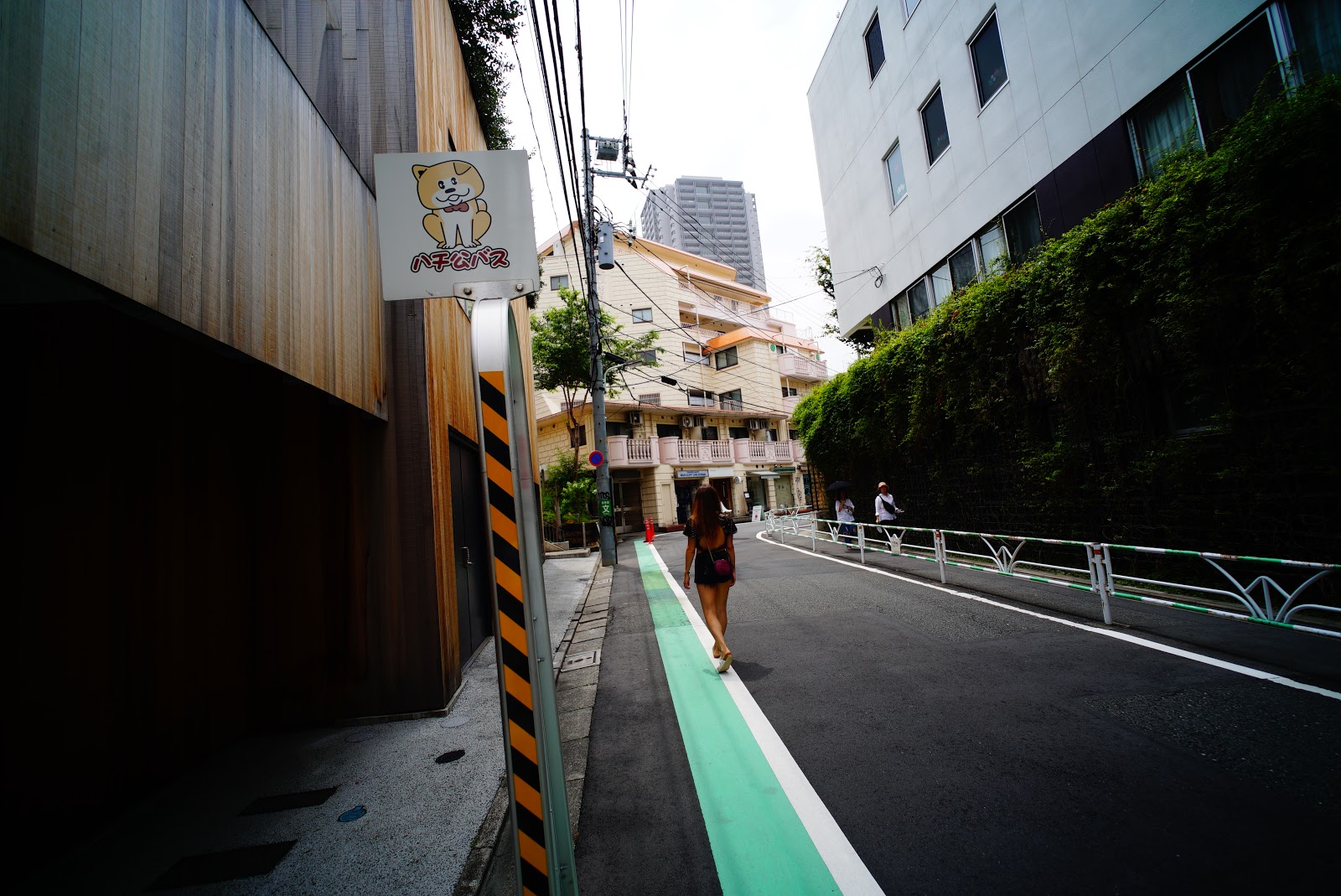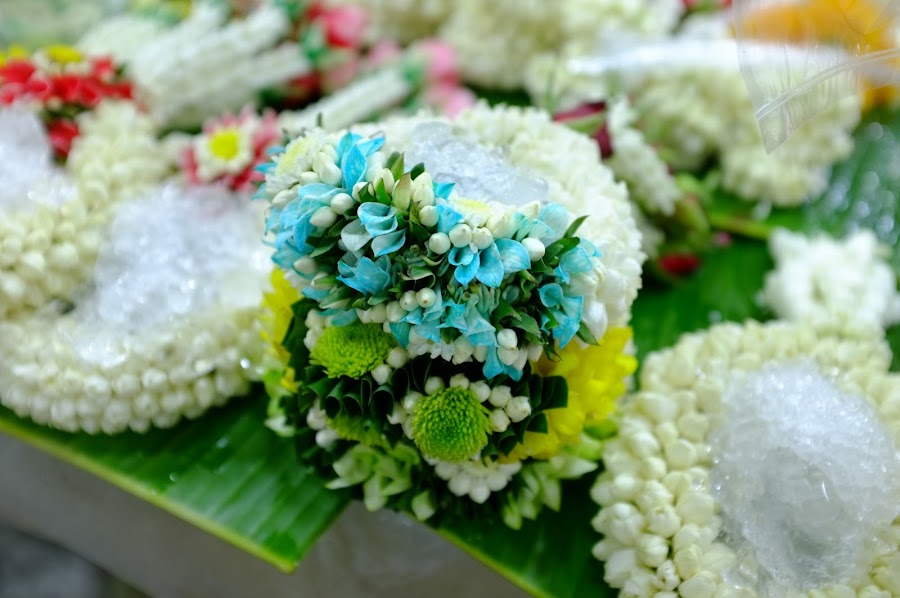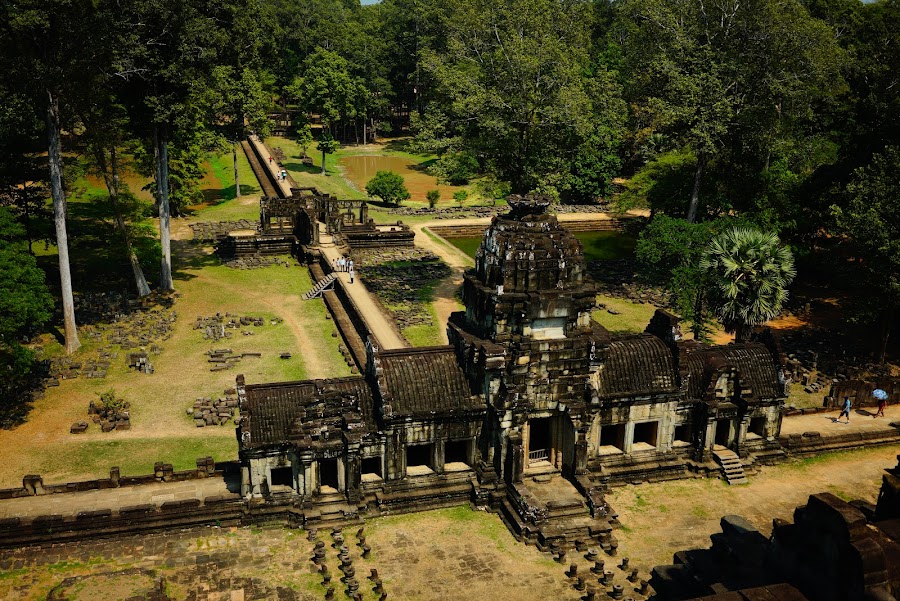
I spent my early teens amazed by the mysterious Tomb Raider landscapes. In a way, I was fascinated by Khmer architecture without having come to the realisation of its very existence in the real world. When I visited
Wat Arun (for 2nd time) 3 years ago, I spent some time reading about Khmer amazed by the similarities of the pastel hued Bangkok stupas and the typical Angkor Wat picture wondering how could one style influence another so heavily?
One empire during 700 years, related mandalas for thousands.
Mandala
Maṇḍala
मण्डल is a Sanskrit word that means "circle". When used to describe political power it draws a comparison with the mandala of the Hindu and Buddhist worldview, emphasising the
radiation of power from each power center, as well as the
non-physical basis of the system.
Ancient entities in
Southeast Asia did not conform to classical Chinese and European views of a territorially defined state with fixed borders and a bureaucratic apparatus. In fact, they diverged considerably in the opposite direction with a
polity defined by its centre rather than its boundaries that could be
composed of numerous other tributary polities without undergoing administrative integration. The
emphasis on personal relationships is another defining characteristic of the mandala system. The tributary ruler was subordinate to the overlord ruler,
rather than to the overlord state and the overlord-tributary relationship was
not exclusive e.g. a state in border areas might pay tribute to two or three stronger powers, creating buffer zones.
I used to mentally associate
mandala to Tibetan monk sand art which is also captured in the intricate patterns of some Hindu inspired adult colouring books, when it turns out to be the recipe for business success in South East Asia and one key concept to understand its historical development.
Understand
Angkor, the site of the capital city during the zenith, is the greatest legacy of the
Khmer Empire. Its majestic monuments bear testimony to their immense power, wealth, art, culture, architectural technique and aesthetics achievements in relation to its multiple belief systems. But like all great empires, its splendour came to an end and the nearest neighbour was ready to take over...

As the power base shifted to Thailand, the
Kingdom of Ayutthaya was established.This was
not a unified state but rather a patchwork of self-governing principalities and tributary provinces owing allegiance to the king of Ayutthaya under the
mandala system. As shown in the map, Ayutthaya intersected
other mandalas -
Lan Xang, Lanna, Sukhothai, Khmer and Champa.
Lan Xang -
precursor of modern day Laos - existed as one of the largest and most powerful kingdoms of South East Asia from 1354 to 1707, but was eventually torn into pieces by adultery, committed by the crown prince with a palace attendant -
forcing the King to order him dead. King Sourigna Vongsa died in 1694, leaving 2 grandsons, 1 nephew and 2 daughters behind all with claims to the throne. Lan Xang was then divided into 3 (Luang Prabang, Vientiane and Champasak).
On the Thailand side, things were calm but not for long. The
Burmese-Siamese war broke in 1765, with Taksin playing a star role in it.
Taksin -
the only Thai king of blended Chinese-Thai ascent to date - was born on 1734 in Ayutthaya. His father was a tax collector from China, his mother was Thai. The Prime minister was impressed by the boy, adopted him and changed is name to Sin (สิน) meaning money-treasure. The 7 year old boy was assigned to a buddhist monk and educated in a monastery. During the time Sin and his friend Thong-Duang were Buddhist novices, they met a Chinese fortune-teller who told them that
both had lucky lines in their hands and both would become kings. Neither took it seriously, but
eventually they both did - first Taksin, then Thong-Duang betraying his old friend to become Rama I.
Taksin worked his way up, from royal page into armyleader in the liberation of Siam from Burmese occupation and drove the unification of Siam after it fell under various warlords. In
1767 he established the city of
Thonburi (modern day Bangkok) as the new capital because Ayutthaya had been destroyed by the invaders. While his reign was short and intense in war (repelling new Burmese invasions, subjugating the northern Thai kingdom of Lanna, the Laotian kingdoms and Cambodia), he paid a great deal of attention to politics, administration, economy, and the overall welfare of the country. Under his rule, foreign trade and relations with China, Britain and the Netherlands were fostered. He invested in arts and infrastructures. In recognition to his contribution to the Thai people, we know him as Maharaj
"The Great".
The strain took its toll on the Taksin, turning him into a religious fanatic who in 1781 believed himself to be a future Buddha, expecting to change the colour of his blood from red to white. Meanwhile, the economic tension derived from war was serious. Famine spread, looting and crimes were widespread. Corrupt officials were reportedly abundant. It took
his long-time friend General Chao Phraya (born Thong-Duang) to devise a
coup d'etat, take him down and assume the throne.
The
Rattanakosin Kingdom (1782-1932) was founded by General Chao Phraya, the first member of the Chakri dynasty, which has since ruled Thailand. The most remarkable achievement is that
Siam managed to remain the
only Southeast Asian nation to maintain its
independence from Western Colonial Powers while all the neighbours fell under Britain or France. It ended with a revolution and the abandonment of absolute monarchy in favour of the constitutional monarchy we have today.
Visit
Angkor was the capital of the Khmer Empire and largest pre-industrial city in the world, with an elaborate infrastructure system connecting an urban sprawl of at least 1,000 square kilometres (390 sq mi) to the well-known temples at its core. Its ruins are located in Siem Reap (Cambodia), easily accessible from Bangkok:
- Visa on arrival is available for majority of tourists - check with your embassy to avoid surprises, always 6 months validity and often at least 4 pages free... Which I don't currently have!
- Return flights from Bangkok less than 100EUR - rather hop onto an island before coming back.
- Hotels offer excellent value for the price - we spent 2 great nights in Anusa Residence and Spa.
- Full day tuk-tuk driver is a must and can be arranged with the hotel, but we recommend you to hire a tourist guide separately to truly understand the meaning of the decorations, the historical phases etc. I bought a book as we decided to skip this part as we don't get much time with each other, but everyone else I know hired a guide - this is my friend's recommendation - and felt it was well worth the money.
- Cambodia has certainly a lot more to see, but if you are short on time but keen on scoring Angkor as part of your trip in Thailand, I suggest to drop by and opt for the VIP tour (where it is is possible to cover the main temples in 1 day - say 2 days if you are like me, a true sucker for ancient architecture.
- VIP tour includes Srah Sang, Banteay Kdei, Ta Phrom, Ta Keo, Baphuon, Bayon, Angkor Wat, covered in separate posts.
- Day after tour includes Pre Rup, Mebon, Ta Som, Neak Pean, Preah Khan and a final stop in Phnom Bakheng aka temple of sunset which you can skip - too much wait, too many Chinese for minimal awe, humidity renders the sunset invisible.
- Near the pub street there are western style restaurants, we stopped by Il Forno for some reasonably priced Italian fare.
...are you ready?


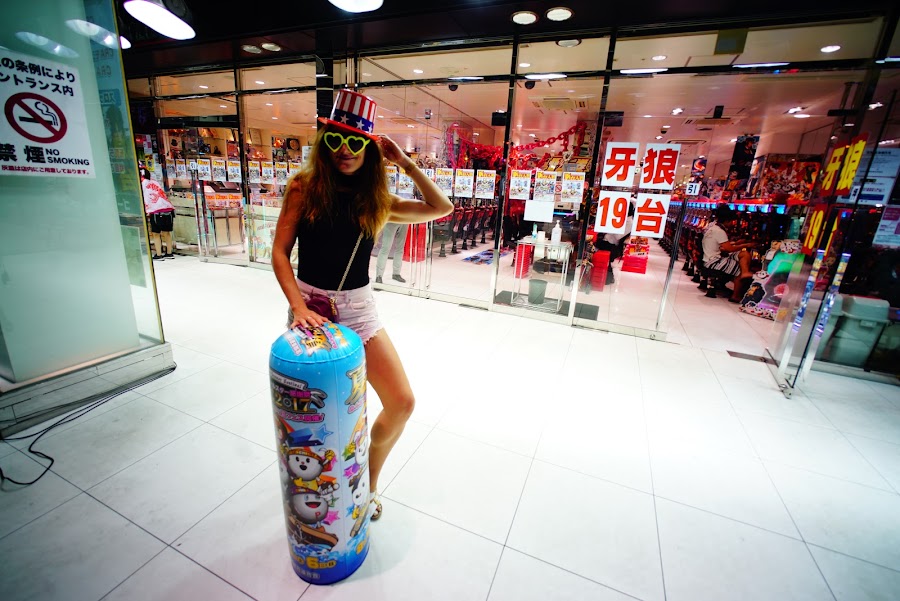






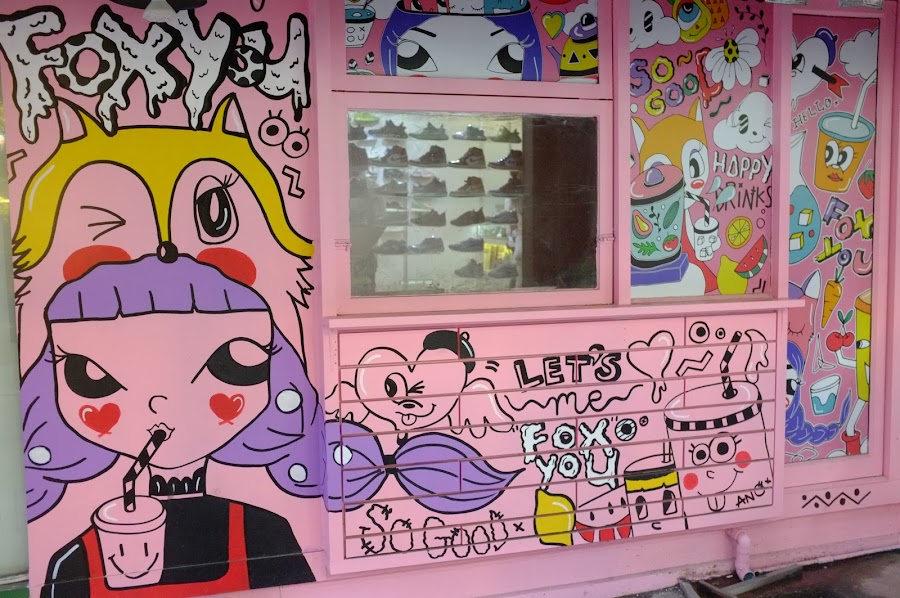
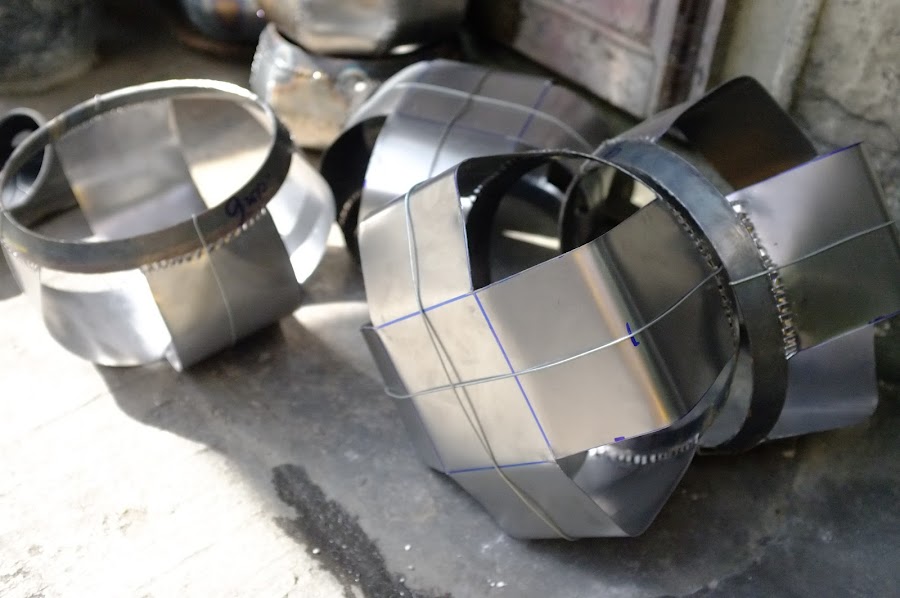


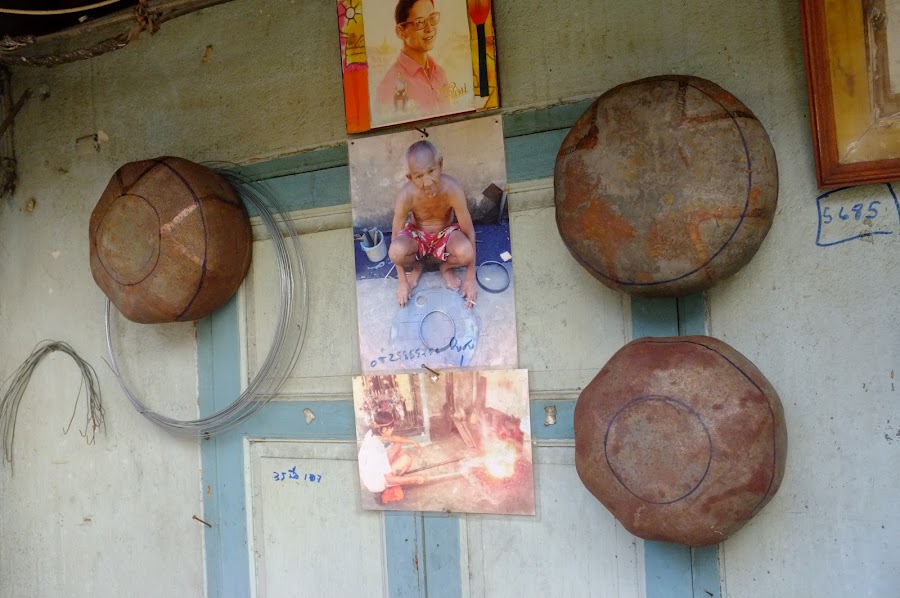



 Tras esto, se hornean para darles más consistencia y ese color oscuro, como muestra el resultado final!
Tras esto, se hornean para darles más consistencia y ese color oscuro, como muestra el resultado final!










